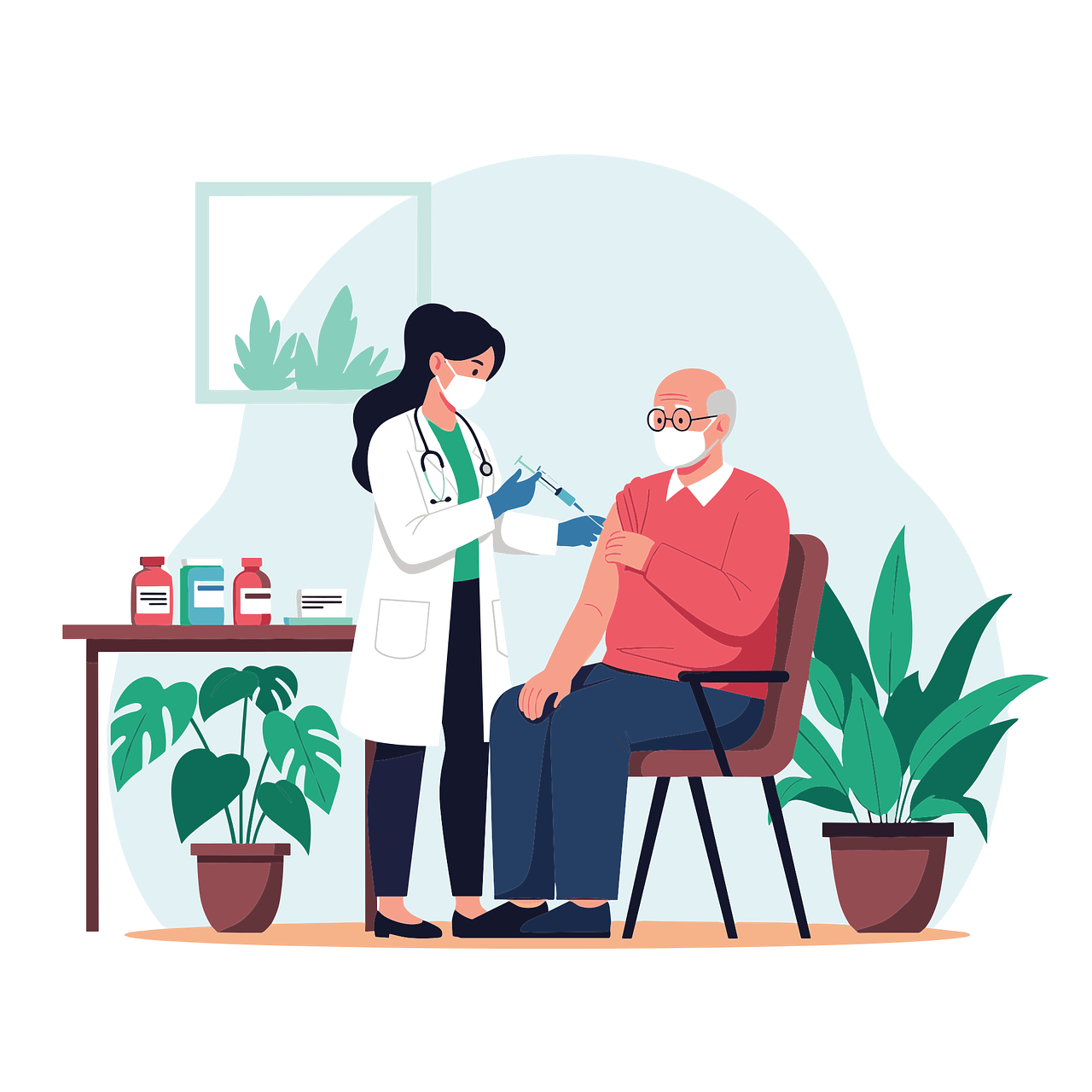Families exploring adolescent trauma residential treatment often do so because their child is experiencing the lasting effects of emotional wounds that cannot be managed through outpatient care alone. Trauma from abuse, bullying, neglect, violence, accidents, or loss can disrupt a teen’s emotional and psychological development. Residential treatment provides a structured, therapeutic environment where adolescents can step away from daily stressors and focus fully on healing.
Understanding Trauma in Teens
Adolescence is already a complex developmental stage. When trauma enters the picture, it can create overwhelming challenges that influence a teen’s behavior, self-esteem, and relationships. Symptoms may include:
-
Withdrawal from family and friends.
-
Mood swings, irritability, or aggression.
-
Difficulty concentrating in school.
-
Sleep disturbances or nightmares.
-
Risk-taking behaviors or substance use.
-
Feelings of hopelessness or depression.
Without intervention, these struggles can persist into adulthood, making timely treatment essential.
What Residential Treatment Offers
Unlike traditional outpatient therapy, residential treatment allows teens to live on-site in a safe and supportive setting. This immersive approach offers:
-
24/7 Supervision: Ensuring safety and constant support.
-
Structured Daily Routines: Providing consistency that reduces anxiety.
-
Therapeutic Community: Helping teens connect with peers who share similar struggles.
-
Distance from Stressors: Creating space away from triggers at home or school.
This level of care helps adolescents stabilize, rebuild trust, and focus on recovery.
Evidence-Based Therapies in Trauma Care
The best adolescent trauma residential treatment centers rely on evidence-based therapies tailored to young people. These include:
-
Cognitive Behavioral Therapy (CBT): Reshapes negative thought patterns.
-
Trauma-Focused CBT: Specifically designed for youth processing trauma.
-
Dialectical Behavior Therapy (DBT): Teaches emotional regulation and distress tolerance.
-
Eye Movement Desensitization and Reprocessing (EMDR): Helps reduce the intensity of traumatic memories.
-
Family Therapy: Strengthens family bonds and communication.
By combining these approaches, treatment addresses both emotional pain and long-term coping strategies.
Holistic and Experiential Healing Approaches
Beyond clinical therapy, many residential programs incorporate holistic and experiential methods that engage teens in active healing. These may include:
-
Art and Music Therapy: Creative outlets for self-expression.
-
Equine Therapy: Building trust and responsibility through interactions with horses.
-
Yoga and Meditation: Encouraging mindfulness and stress reduction.
-
Outdoor Activities: Surfing, hiking, or gardening that reconnect teens with nature.
Such activities give adolescents practical tools for managing stress and provide positive alternatives to destructive behaviors.
Academic Support Within Residential Programs
Parents often worry about academic setbacks while their child is in treatment. Fortunately, most residential programs integrate education into daily routines. Licensed teachers and tutors ensure teens stay on track with schoolwork, reducing stress about falling behind and preparing them for a smoother reintegration into their education after treatment.
The Role of Family in the Healing Journey
Trauma affects not only the adolescent but the entire family system. Many programs emphasize family involvement through therapy sessions, workshops, and educational resources. These efforts help parents and caregivers:
-
Understand trauma’s impact on their teen.
-
Improve communication and empathy.
-
Learn strategies to provide support at home.
-
Rebuild trust and repair fractured relationships.
Family participation greatly enhances long-term recovery and prevents relapse.
Transition and Aftercare Planning
A key part of adolescent trauma residential treatment is preparing for life after the program. Discharge planning often includes:
-
Continued outpatient therapy.
-
Support groups and peer mentoring.
-
Coordination with schools for academic reintegration.
-
Relapse prevention strategies to manage triggers.
Aftercare ensures that the progress made in residential care continues as teens transition back into their daily environments.
Long-Term Benefits of Residential Trauma Treatment
The ultimate goal of residential treatment is to help adolescents move beyond trauma and reclaim their futures. Long-term benefits may include:
-
Greater emotional stability.
-
Healthier coping skills.
-
Improved academic performance.
-
Stronger relationships with family and peers.
-
Increased resilience and confidence.
These outcomes set the foundation for a healthier and more empowered adulthood.
A Place for Renewal and Growth
Choosing adolescent trauma residential treatment may feel overwhelming, but it often represents the turning point that families need. These programs provide the tools, structure, and support that allow teens to move from pain to healing. For adolescents, it’s an opportunity to discover inner strength. For families, it’s a chance to reconnect and heal together.
With the right care, trauma does not have to define a teen’s future. Instead, it becomes the beginning of resilience, growth, and renewed hope.



